20-22 October 2023, Sofia
Libera 39lev [R390]
Sofia...
--
We caught the changing of the guard at the Presidency...
--
We also attended a wedding in a building* dating from the 4th century AD - how cool is that!
We entered the St George Rotunda to find a ceremony in play. We did not leave because two or three people not associated with the wedding party were shopping inside the church. I later mentioned the irony to Charl who pointed out the stall sold religious books and icons, "not hamburgers".
The bride and groom were elderly, dressed in ordinary clothes but each wearing a gold and red crown. They stood side by side holding hands. Each held a long lit taper in their free hand, these candles linked by a thin rope. The bearded priest was cloaked in gold brocade, performing the ceremony and the serving of bread and wine in a sing-song voice. The choir comprised two women and a man, their voices exceptionally deep and mellifluous. The blessing ritual had the couple circle the altar opposite the priest, stopping at regular intervals to bow and be blessed. The priest swung a silver metal censer, smoke billowing from the burning incense it contained.
We departed before the ceremony ended, but were still outside when the small wedding group exited. The priest threw rice and double-cheek kisses were exchanged. A woman begging at the entrance came to collect some kernals, presumably because they had been blessed by the priest. The many pigeons that fluttered down to peck at the remaining rice probably cared only about their nutritional value!
--
We searched and searched for the Rotunda, seeing it always on Google Maps but unable to locate it because it was hidden in a courtyard. It was only because it took us so long to find it that we (a) caught the guard swop and (b) the wedding.
--
*BulgariaTravel.org: *The Rotunda St. George*
"The oldest and best-preserved monument of architecture since Roman times in Sofia is the rotunda church St. George. It was built in the beginning of the 4th century AD during the reign of the Roman emperor Constantine the Great (reigned 306 – 337) and the flourishing of the ancient town Serdika (the old name of Sofia). It is believed that the rotunda is the oldest building in Sofia.
The temple is situated in the courtyard of the Government Office, just a couple of meters of the remains of the ancient fortress Serdika. It is a cylindrical domed structure, built on a square base. Its width is about 9.5 meters in diameter and its height is about 14 meters. The altar room has a square form and four symmetrically placed niches. The main entrance is on the western wall.
Originally the building was used for public purposes. After the recognition of Christianity as a religion in the Roman Empire, the rotunda became a baptistery (a building for conversion to Christianity), due to the many conversions, following the authorization of this religion.
At the time of Emperor Justinian the Great (reigned 527 – 565), the Rotunda was transformed into a church. The first wall painting was made in the same period. It is assumed that since then it bears the name of St. George the Martyr, who suffered for his faith in Minor Asia in the 3rd century, under the reign of Emperor Diocletian (reigned 284 – 305).
During the Ottoman rule and the reign of sultan Selim the 1st (reigned 1512 – 1520) the Rotunda St. George was transformed into a mosque, named Gyul Dzhamasi. The Christian paintings on the walls were obliterated with white plaster and in their place were painted floral motifs.
After the liberation of Bulgaria in 1878, the Rotunda was deserted, and after the death of Knyaz Alexander Battenberg (reigned 1879 – 1886), it was transformed into a mausoleum.
Its restoration began in 1915. Nowadays the temple is operational and performs daily worships in the Eastern church singing, also known as Byzantine music."
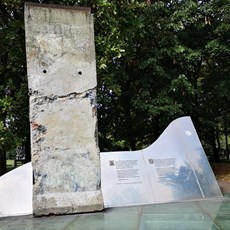
Sofia
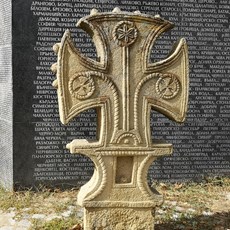
Sofia
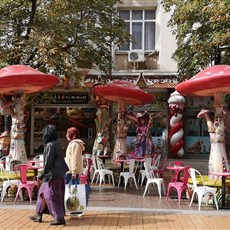
Sofia
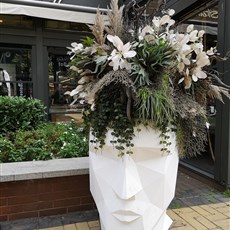
Sofia
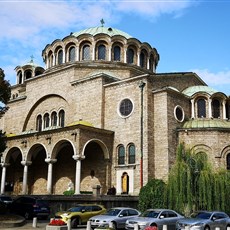
Sofia
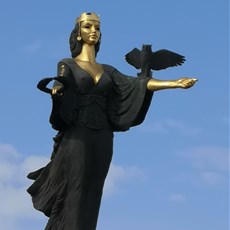
Sofia
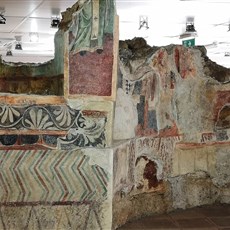
Sofia
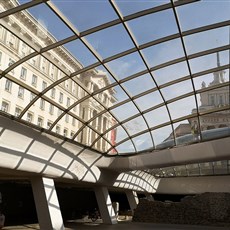
Sofia
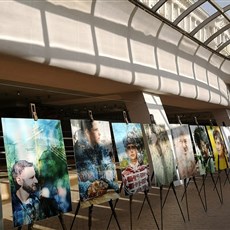
Sofia
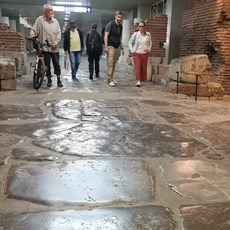
Sofia
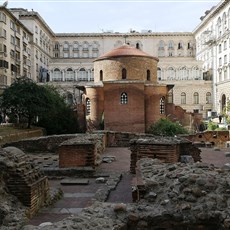
St George Rotunda, Sofia
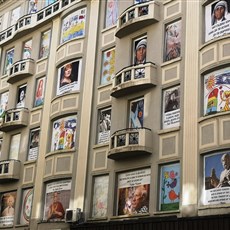
Sofia
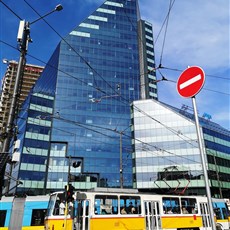
Sofia
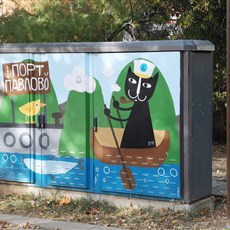
Sofia